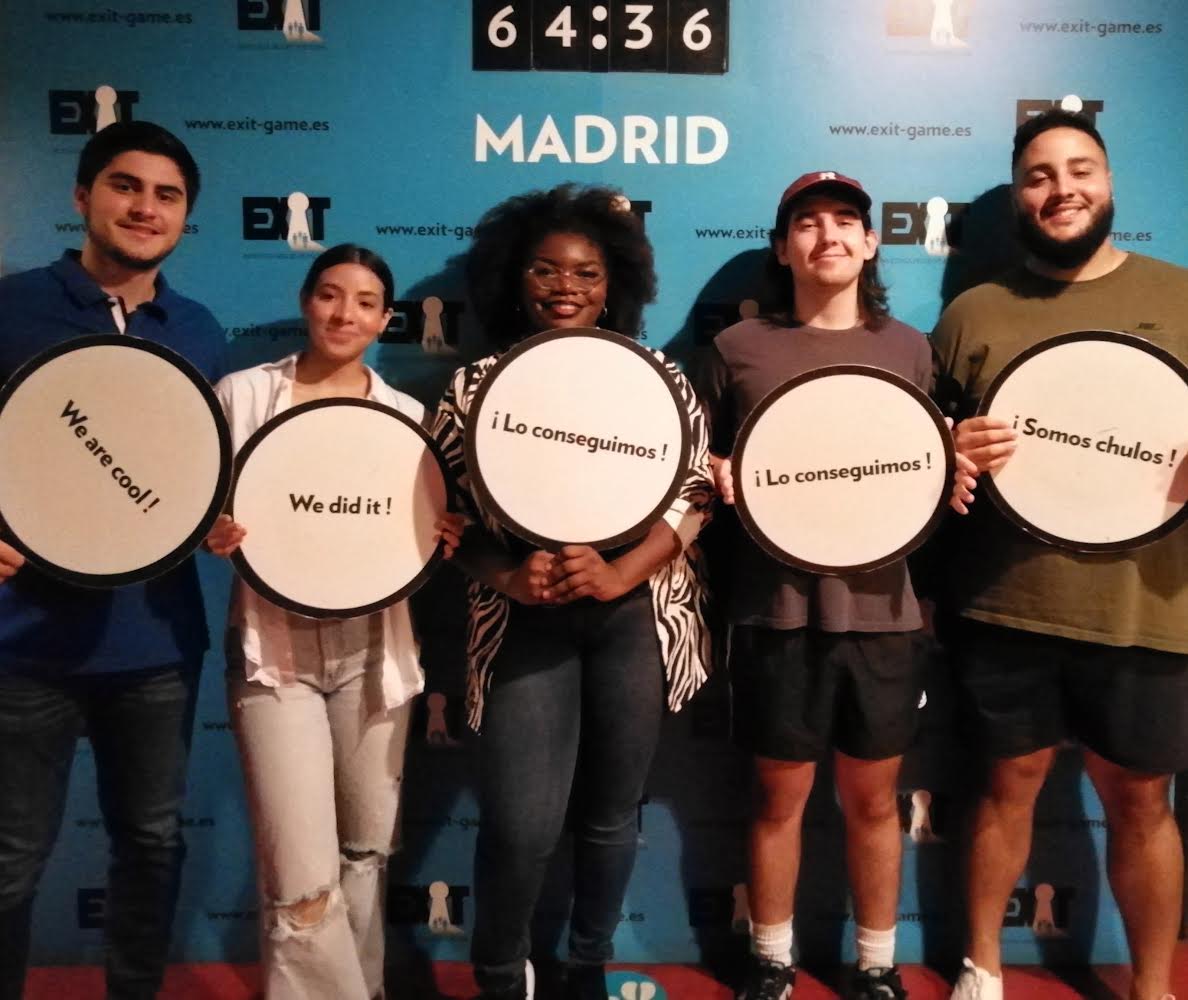
Fun Facts about Madrid
What main languages are spoken here?:
The primary language spoken in Madrid is Spanish. The Spanish accent is very different than a Latin American Spanish accent. Certain words in Spain require the use of the th sound, similar to the th in the word thing. I have had trouble pronouncing and listening to the Spanish accent, so I have begun working with my Intercambio partner to practice my speaking skills.
What type of money is used here?:
Spain uses the Euro as their form of currency. However, it has not always been this way. As I learned in my Government and Politics course, before 1986, Spain’s currency was the Spanish Peseta.
How much does a bottle of water cost?:
A bottle of water costs .80 euros or roughly 78 cents USD. How cheap!
What was the best meal this week?:
The best meal I had this week was Spanish seafood paella. Spanish paella is a rice-based dish that includes herbs like saffron, olive oil, and other seasonings. Seafood paella includes mussels or clams, shrimp, and sometimes octopus. I recommend every try it!
What music did I listen to this week?:
This week I listened to many Spanish-speaking artists to improve my listening abilities. The song I listened to the most was Fue Mejor by Kali Uchis.
What activity was the most fun this week?:
This week, I had class in Lavapies, a multicultural Madrid neighborhood. My class and peers in my program went on a scavenger hunt through the Lavapies and discovered that Pablo Picasso once lived there. ¡Qué guay!
What did I read this week?:
This past week, I have been reading the Spanish constitution for my government and politics course. As an International Relations major, I am studying the political history and creation of the Spanish Constitution in Spanish, which is very hard because of the language difference. However, I have noticed that the more I read, the better my vocabulary and understanding become.
What games or sports did I play this week?:
This week, I played a scavenger hunt in Lavapies. It was a fun and engaging game, finding the neighborhood’s different cultural elements and monuments with other USAC students.
